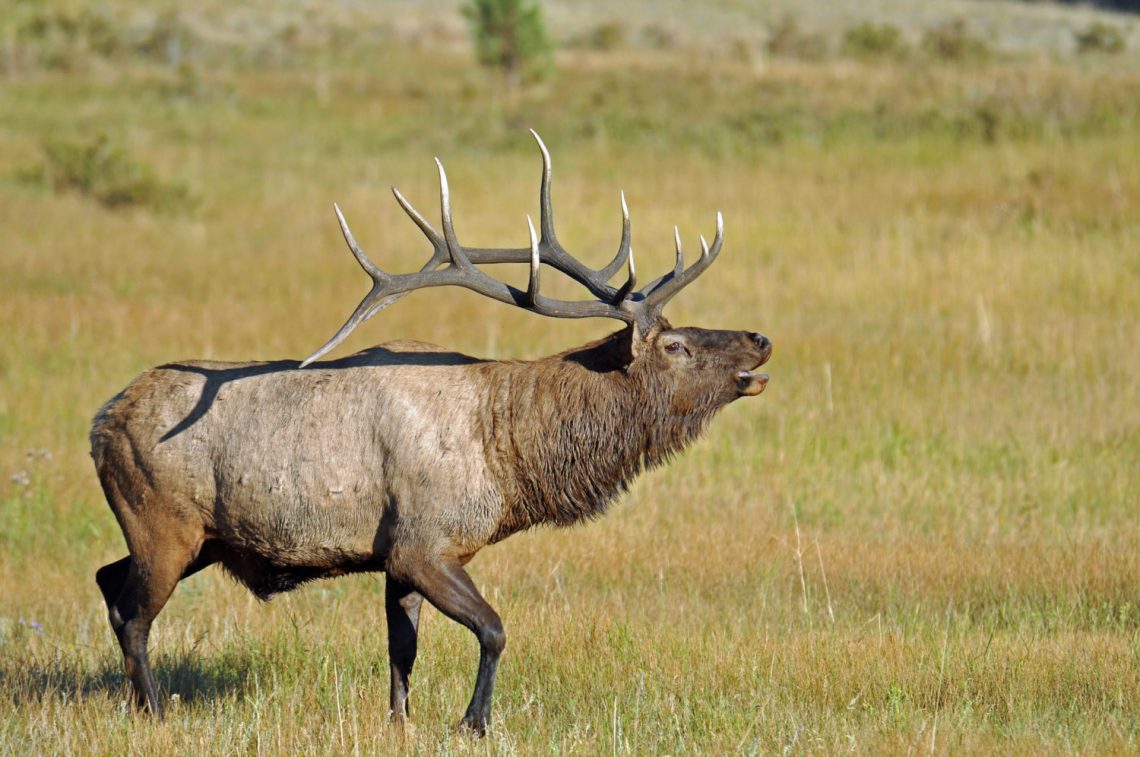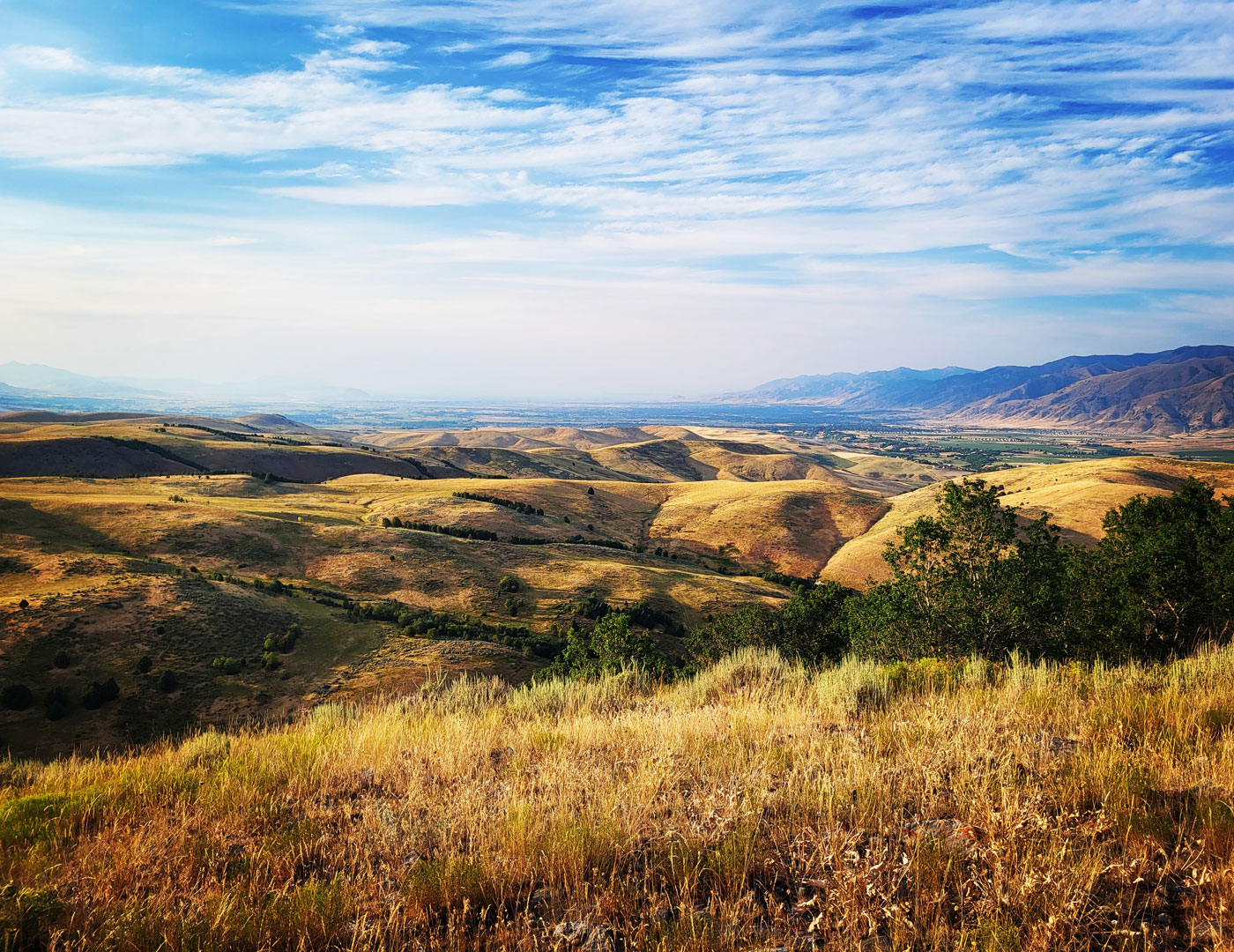High fence hunting is a hot topic among hunters and can be met with mixed feelings. However, many hunters don’t fully understand what high fence hunting is or how it impacts wildlife and the environment. For answers to all of your high fence hunting questions, keep reading.

What is High Fence Hunting?
High fence hunting refers to hunting within private properties that range in size. The land is generally enclosed with a retaining fence between 8 and 10 feet high. High fence ranches are popular in the country and throughout the world.
High fences were originally built in the 1950’s as a way to prevent deer from obstructing roads near ranching areas. Eventually, it was discovered that the fences were useful in controlling genetics, breeding deer, and keeping predators away. While the idea for high fences originated in Texas, ranches throughout the country started building their own high fences in the years that followed.
Properties for high fence hunting act as a way to thoroughly manage herds of wildlife. Animals reach a mature age and size, have improved genetics, and are protected from predators. Hunting behind a high fence is absolutely legal and offers a rewarding experience for both seasoned and novice hunters.
The cost to hunt on a high fence ranch is dependent on a number of factors. The type of animal, location of the ranch, and quality of the hunt determine the price. However, it’s important to note that price and quality go hand in hand when it comes to high fence hunting. A discount trophy elk hunt might look appealing, but the experience won’t be of high-quality, and neither will the animal itself. Guided cow elk hunts from a reputable ranch should cost between $2,000-$3,000, while a trophy bull elk hunt should cost more than $10,000.
When hunting on public land, the cost may not look as high, but that’s because the expenses are spread out. Gear, tags, food, lodging, fuel, stands, and handling of the game takes up much more time and money than you may expect. On a high fence ranch, all costs are included. Rather than spending considerable time and money to leave empty handed, a high fence ranch allows you to have a more enjoyable and exciting experience. Less time is spent worrying about meals, more time is spent hunting.
Is High Fence Hunting Ethical?
One of the essential questions about high fence hunting is whether or not it’s ethical. Some hunters argue that high fence properties act as a cage for the wildlife, making the hunting less ethical. Others argue that ranches operated on enough land don’t feel like a fenced property at all — high fence hunting provides a high-quality hunt with good inventory. Before you decide for yourself whether high fence hunting is ethical, consider the following.
High Fence Hunting Improves the Quality of Life for the Animals
The priority of every reputable high fence ranch is the quality of life of the animals within it. Not only are the wildlife of superior genetics, they have no risk of predators, natural or otherwise. High fence properties keep unethical poachers away, thus ensuring high-density herds of big game.
Experienced guides on high fence ranches make sure that the animals hunted reach a mature age and size. With their expertise, hunting on a high fence property is both sustainable and ethical.
It Protects the Environment
High fence hunting also protects and preserves the natural environment. Not only does it limit agricultural use, which destroys native plants and adds harmful pesticides to the environment, it reduces the chance of invasion of pest species. In fact, high fence hunting returns the environment to its natural state.
Biodiversity is protected with high fence ranches, both inside and outside the fence. More homeowners in residential areas don’t have to worry about wild animals getting into their blueberry patch or stripping the bark from their trees. Species of plants and animals alike can thrive with the help of high fence hunting.
It Acquaints Consumers with Hunting in a Positive Way
Public lands are oversaturated with hunters, and big-game animals are often taken before they reach maturity. With so many hunters and so few big game, it’s not uncommon for new hunters to feel overwhelmed and outmatched. A high fence ranch, on the other hand, introduces novice hunters to the pastime in a positive, safe space. Not only that — high fence hunting meets every hunter’s skill level in an ethical way. Guests on a high fence ranch typically leave with a greater appreciation of the environment and a lifelong love for hunting.
In today’s fast paced world, people don’t have enough time to scout, stalk and hunt an animal for days at a time, only to end up empty handed. A high fence ranch can work with every hunter’s schedule, and many ranches guarantee a shot opportunity. Public lands can’t guarantee anything. However, that doesn’t mean that high fence hunting is easy. The animals are still wild, making for a challenging and exciting experience.
It Boosts Local Economy
Consumers travel from around the country and even the world to go on a high fence hunt. Tourism sees an increase with guests on a high fence ranch. Additionally, the money spent on high fence hunting goes back into the local economy, helping local vendors and businesses.
With a reputable high fence ranch, hunting can be ethical, sustainable, and rewarding. It’s important for every hunter to do their research on particular high fence properties before booking a hunt with them, but the end result is often a more enjoyable hunt, a protected environment, and mature wildlife. For more information on high fence hunting, contact our experts at West Canyon Ranch.


